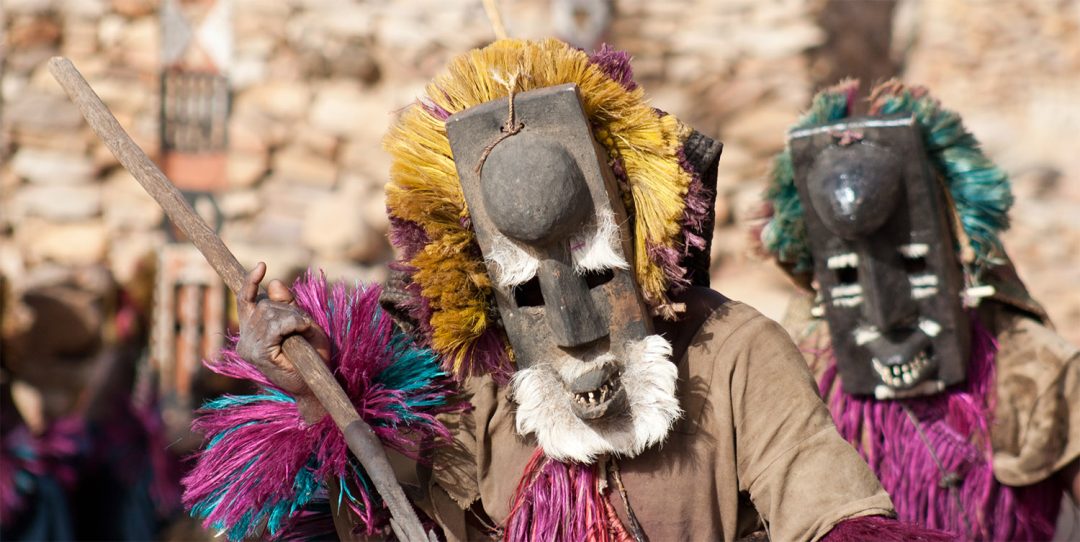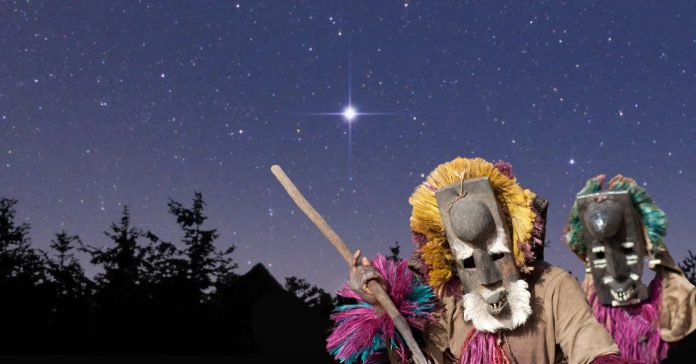The Dogon people of Mali, West Africa, have captivated anthropologists and astronomers with their intricate cosmological traditions, particularly their detailed knowledge of the Sirius star system. This article examines the Dogon’s unique understanding of Sirius—including its invisible companion star, Sirius B—and explores the debates surrounding the origins of this knowledge. By synthesizing ethnographic records, astronomical data, and scholarly critiques, this analysis seeks to balance the interplay between indigenous wisdom, cultural transmission, and speculative theories of extraterrestrial contact.
The Dogon and Their Cosmological Framework
Cultural and Historical Context
The Dogon reside in Mali’s Bandiagara Escarpment, a region they migrated to around the 15th century to evade religious persecution during Islamic expansions. Their society is organized around patrilineal kinship and a rich oral tradition, with religious practices centered on the creator god Amma and ancestral spirits known as Nommo. These Nommo, described as amphibious beings, are central to Dogon mythology and are said to have descended from the Sirius system to impart knowledge to humanity.

Astronomical Knowledge of Sirius
The Dogon’s understanding of Sirius includes:
- Sirius B (Po Tolo): Described as a dense, invisible “white dwarf” star orbiting Sirius A every 50 years. This star’s existence was confirmed by Western astronomers in 1862, yet the Dogon reportedly knew of its extreme density (comparable to a “fonio seed”) and elliptical orbit long before telescopic discovery.
- Sirius C (Emme Ya): A hypothesized third star in the system, which the Dogon claim exists. While unconfirmed, some studies suggest gravitational anomalies in Sirius A’s motion.
- Solar System Insights: Knowledge of Jupiter’s four Galilean moons, Saturn’s rings, and Earth’s rotation.
The Nommo and Extraterrestrial Hypotheses
Mythological Foundations
The Nommo are depicted as hermaphroditic, fish-like beings who arrived in an “ark” amid thunder and wind, bringing agricultural and astronomical knowledge. Dogon rituals, such as the Sigui ceremony held every 60 years, commemorate this celestial connection. Robert Temple’s The Sirius Mystery (1976) popularized the theory that the Nommo were extraterrestrial visitors, arguing that the Dogon’s advanced knowledge could not have arisen independently.
Critiques of the Ancient Astronaut Theory
Skeptics, including Carl Sagan and Ian Ridpath, attribute the Dogon’s knowledge to cultural contamination. Key points include:
- Post-Contact Transmission: French anthropologist Marcel Griaule, who studied the Dogon in the 1930s–1940s, had training in astronomy and may have inadvertently influenced their narratives.
- Astronomical Expeditions: European astronomers visited West Africa in the late 19th century, potentially sharing information about Sirius B.
- Lack of Corroborative Evidence: Later studies by Walter Van Beek found no trace of Sirius B lore among the Dogon, suggesting Griaule’s accounts may have been overstated.
Academic and Scientific Debates
Discrepancies and Validations
While the Dogon’s knowledge aligns with modern astronomy in many respects, inconsistencies exist:
- The Sigui ceremony’s 60-year cycle conflicts with Sirius B’s 50-year orbital period.
- Claims about Sirius B’s rotational axis (one year) and historical visibility remain unverified.
- The existence of Sirius C, though theorized in the 1990s, lacks conclusive evidence.
Indigenous Knowledge vs. Cultural Transmission
Proponents of indigenous origins argue that the Dogon’s oral traditions, encoded in rituals and artifacts, preserved astronomical observations over millennia. Conversely, critics emphasize Mali’s historical trade networks and contact with Islamic scholars, which could have facilitated knowledge exchange.
Implications and Conclusions
The Dogon’s Sirius lore underscores the complexity of interpreting oral traditions through a modern scientific lens. While their knowledge challenges conventional narratives of astronomical discovery, the role of cultural interaction cannot be dismissed. The debate invites broader reflections on:
- The preservation of indigenous cosmologies in the face of globalization.
- The ethics of anthropological interpretation and the risks of exoticizing non-Western cultures.
- The interplay between myth and empirical observation in human understanding of the cosmos.
Ultimately, the Dogon’s legacy lies not in resolving the “Sirius mystery” but in highlighting the richness of African intellectual traditions and their contribution to global knowledge systems.
References
- Dogon people – Wikipedia. (2025). Retrieved from https://en.wikipedia.org/wiki/Dogon_people
- Gaia. (n.d.). The Dogon Tribe’s Sirius Mystery. Retrieved from https://www.gaia.com/article/did-this-african-tribe-originate-in-another-star-system
- The Sirius Mystery – Wikipedia. (n.d.). Retrieved from https://en.wikipedia.org/wiki/The_Sirius_Mystery
- The Dogon, the Nommos and Sirius B. (n.d.). Retrieved from http://www.unmuseum.org/siriusb.htm
- Chandra :: Chronicles :: Sirius Matters: Alien Contact. (2000). Retrieved from https://chandra.harvard.edu/chronicle/0400/sirius_part2.html
- Prothom Alo. (n.d.). Ancient Dogon Tribe’s Advanced Astronomical Knowledge. Retrieved from https://en.prothomalo.com/science-technology/8w2obhliyk
- Countere. (n.d.). The Advanced Star-Knowledge of the Dogon Tribe. Retrieved from https://www.countere.com/home/the-advanced-star-knowledge-of-the-dogon-tribe-of-west-africa
- Baker, W. (2024). Dogon Tribe Sirius Belief. Retrieved from https://www.wesleybaker.com/dogon-tribe-sirius-belief/
- Earthly Mission. (2023). Mali’s Dogon People and Sirius Knowledge. Retrieved from https://earthlymission.com/dogon-people-mali-ancient-knowledge-cosmos-sirius/

